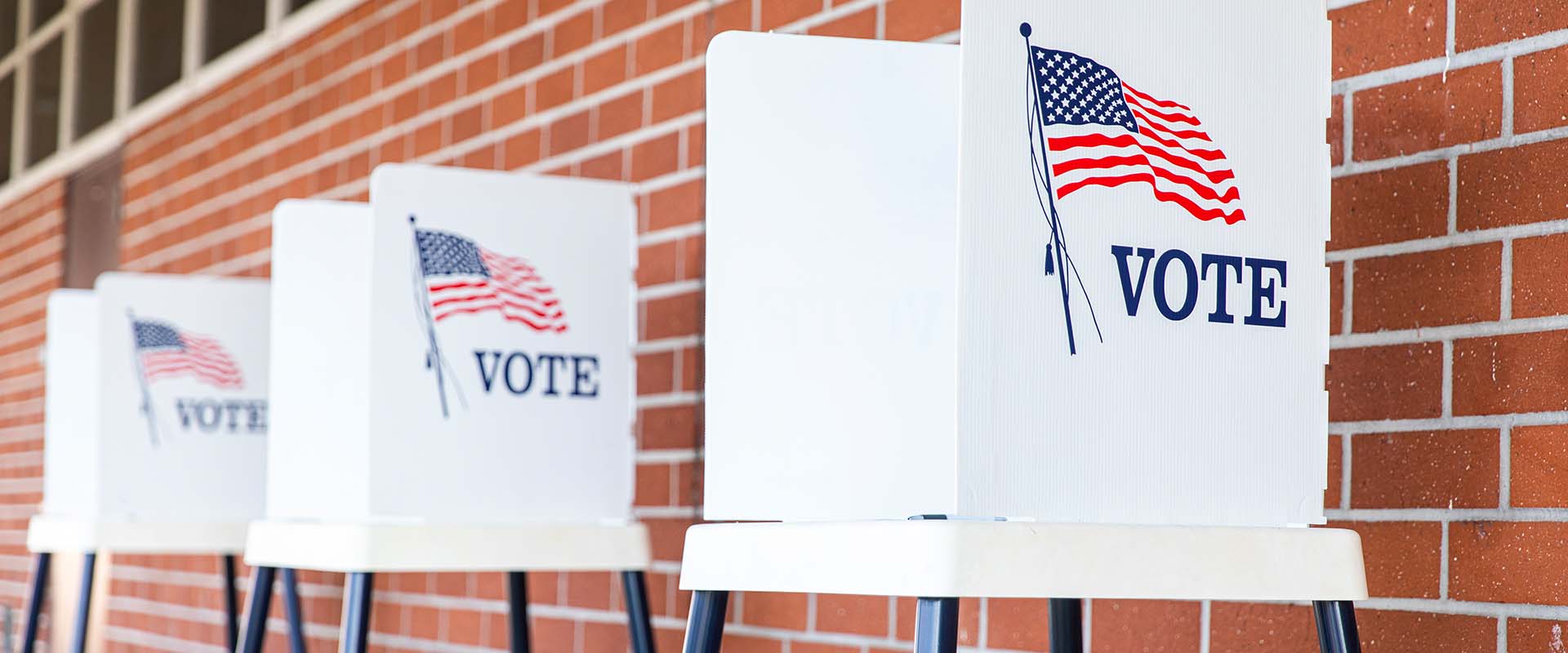California Supreme Court Issues Long-Awaited Decision in California Voting Rights Act Challenge

Number 34
On August 24, 2023, the California Supreme Court issued its highly anticipated opinion in Pico Neighborhood Association et al., v. City of Santa Monica, reversing an unprecedented Court of Appeal decision that had previously favored the City of Santa Monica. In reaching its decision, the Supreme Court established a new standard for evaluating California Voting Rights Act (CVRA) claims, including: (1) clarifying that a plaintiff must prove both racially polarized voting and dilution to prevail on a CVRA claim; and (2) establishing a new standard for evaluating vote dilution in the CVRA context. The Supreme Court remanded the matter back to the Court of Appeal to reconsider whether, using the new standard for dilution, the City of Santa Monica’s at-large voting system violated the CVRA.
History of the Santa Monica Case
Many public agencies elect their governing bodies using an “at-large” method of election, which means that each board member is elected by voters of the entire territory. This method is in contrast to district-based elections (also known as “by district” or “by trustee-area”), where the territory is divided into separate districts, and each board member is elected by voters of the district in which the board member resides.
The CVRA allows voters to sue a public agency whose “at-large” elections may result in the underrepresentation of protected classes (defined as members of a race, color, or language minority group). To demonstrate such underrepresentation, a protected class must prove, among other things, racially polarized voting. This occurs where the at-large majority voters effectively defeat candidates preferred by voters in a protected class, due to the protected class’s voting bloc being diluted across the territory of the agency.
In 2016, Latino voters brought a lawsuit against the City of Santa Monica alleging that the City’s at-large elections violated the CVRA by diluting their voting power and impairing their ability to influence elections. In 2019, the trial court issued a judgment in favor of the plaintiffs, finding that the City’s at-large elections violated the CVRA and California Constitution. The trial court ordered the City to implement district-based elections and pay the plaintiffs’ costs and attorney’s fees, which were estimated at the time at $22 million.
The City appealed to the Second Appellant District, which in 2021, reversed the trial court ruling, finding that the City’s at-large elections did not violate the CVRA or the California Constitution. This was the first instance of a public agency successfully defending against a CVRA lawsuit. In reaching its decision, the Court of Appeal laid out five elements that a plaintiff must show to succeed on a CVRA claim: (1) membership in a protected class; (2) residence within public agency boundaries; (3) public agency use of an at-large election system; (4) occurrence of racially polarized voting; and (5) dilution. Importantly, the Court of Appeal found that dilution is a separate element that must be met to prove a CVRA claim, and that the City failed to show dilution, because there were too few Latino voters in Santa Monica to obtain electoral success regardless of how the City drew its electoral boundaries (the highest Latino population in a potential district area was 30%). The plaintiffs appealed this decision to the California Supreme Court.
The California Supreme Court’s Opinion
The California Supreme Court unanimously reversed the Court of Appeal decision, finding that the Court of Appeal misconstrued what a plaintiff must show to prove dilution under the CVRA. The case was remanded back to the Court of Appeal to reconsider the case under the Supreme Court’s newly established standard for evaluating dilution and for further consideration of whether racially polarized voting had occurred. Thus, the case is not over, and both sides will have another opportunity to make their case to the Court of Appeal.
The Supreme Court established the following key points:
Dilution as a separate element of a CVRA claim. The Court found that dilution is a separate element under the CVRA, defining dilution as:
“Dilution occurs when an at-large system denies a protected class the potential to elect its preferred candidate or influence the election’s outcome…. A protected class has the ability to elect its preferred candidate if it would have the potential to elect that candidate, on its own or with the assistance of crossover support from other voters, under an alternative voting system….” (Emphasis added.)
The Court also made clear that the ability to create a majority-minority district is not required to prove dilution.
New test for evaluating dilution under the CVRA. The Court laid out a newly minted test for evaluating a dilution claim. When evaluating a dilution claim under the CVRA, a court should undertake a “searching evaluation of the totality of circumstances,” including reviewing: (a) The characteristics of the specific locality; (b) its electoral history; (c) the design and impact of the at-large system; and (4) the potential impact of lawful alternative electoral systems. Courts may also consider the experiences of other similar jurisdictions that use district-based elections or some method other than traditional at-large elections.
Trustee area (by-district) elections are not the sole remedy under the CVRA. The Court stated that that other methods of election, such as cumulative voting, limited voting, or ranked choice voting, are permissible remedies for a CVRA violation. However, while a court may now recognize one of these alternative election methods as a potential remedy for racially polarized voting, by-district elections remain the sole method that provides public agencies a safe harbor from lawsuits under the CVRA. It should also be noted that this particular ruling came in the context of a city council election in a charter city. Other types of public agencies, including school districts, should consult with their legal counsel regarding the availability of alternative voting methods.
Takeaways
Time will tell how much of an impact this decision will have on the CVRA landscape. It remains to be seen what the outcome will be for the City of Santa Monica’s election method, as the matter was sent back to the Court of Appeal for further review. Theoretically, this ruling will make it harder for a plaintiff to prove a CVRA claim because a plaintiff must now clearly show both racially polarized voting and dilution. However, the most tangible impact of this ruling may be the potentially substantial increase in litigation costs a public agency will need to expend to defend against a CVRA claim, due to the statistically intensive nature of evaluating racially polarized voting and dilution in the litigation context.
If you have any questions about the your public agency’s election process, or about the CVRA, please contact the authors of this Client News Brief or an attorney at one of our eight offices located statewide. You can also subscribe to our podcast, follow us on Facebook, Twitter and LinkedIn or download our mobile app.
As the information contained herein is necessarily general, its application to a particular set of facts and circumstances may vary. For this reason, this News Brief does not constitute legal advice. We recommend that you consult with your counsel prior to acting on the information contained herein.








